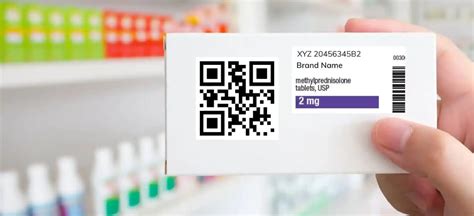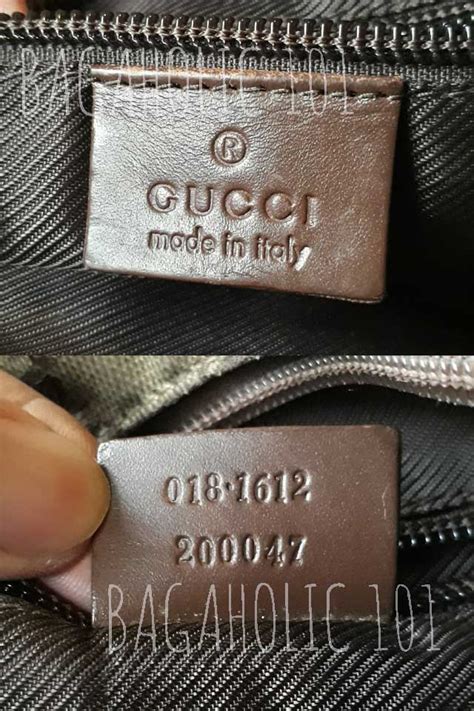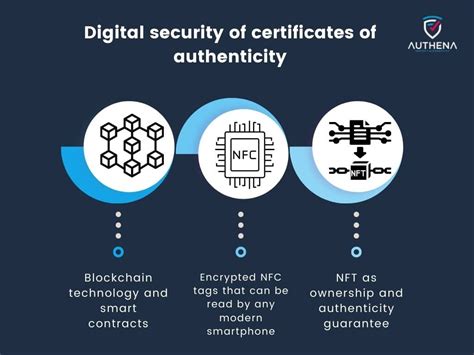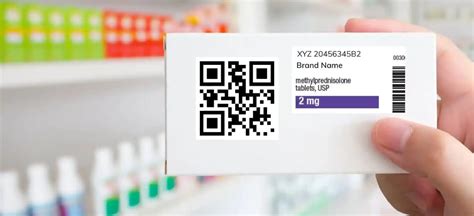What Quality Checks Can Verify Authenticity?
1. How Can Packaging and Labeling Verify Authenticity?
One of the first things consumers check to verify authenticity is the packaging and labeling. Original products often come with high-quality packaging that showcases the brand’s attention to detail. For instance, high-end brands use embossed logos, premium materials, and unique colors that are difficult to replicate. Authentic labels usually contain proper grammar, spelling, and information that is specific to the product, such as batch numbers, serial codes, and manufacturing dates.
Counterfeit products, on the other hand, may exhibit poor-quality packaging, faded prints, or incorrect logos. It’s crucial to compare the packaging with genuine products available from trusted retailers to spot the differences. Additionally, companies sometimes use QR codes or holograms on packaging as extra verification measures.

Signs to Look For
- Check for spelling mistakes or grammatical errors on the packaging.
- Inspect the quality of the logo and colors used.
- Look for a batch number, barcode, or serial number that matches the product’s official information.
Table: Key Differences Between Authentic and Counterfeit Packaging
| Aspect | Authentic | Counterfeit |
|---|---|---|
| Material Quality | Premium and sturdy | Cheap and flimsy |
| Logos and Fonts | Sharp and clear | Blurred or incorrect |
| Product Information | Accurate, detailed, correct | Often vague or incorrect |
2. What Role Does the Serial Number Play in Authenticity Verification?
Serial numbers serve as one of the most reliable indicators of product authenticity. A serial number is a unique code that is assigned to individual products, allowing manufacturers and consumers to track and verify its origin. Authentic brands will have unique serial numbers for each product, which can often be cross-checked on the company’s website or by contacting customer service.
To verify a product’s authenticity using its serial number, locate the number on the product or packaging and enter it into the manufacturer’s official system. Some brands also provide apps where consumers can scan the serial number to receive real-time confirmation of the product’s authenticity.

Benefits of Serial Number Verification
- Enables direct verification through the manufacturer.
- Helps track the product’s manufacturing and distribution history.
- Used by brands to prevent counterfeiting and ensure product traceability.
Table: Steps to Verify Product Serial Numbers
| Step | Action |
|---|---|
| 1 | Locate the serial number on the product or packaging. |
| 2 | Visit the official website of the manufacturer. |
| 3 | Enter the serial number into the verification tool. |
| 4 | Wait for the confirmation of the product’s authenticity. |
3. How Can Physical Features of a Product Help in Authenticity Verification?
Another important factor in authenticity checks is the physical features of the product itself. High-quality products from reputable brands exhibit fine craftsmanship, attention to detail, and consistency in design. Materials used, weight, and texture can give consumers significant clues about the product’s authenticity.
For instance, electronics from trusted brands often use high-grade materials like aluminum, steel, or premium plastic, whereas counterfeit products may feel lighter or cheaper. Similarly, luxury goods like handbags or shoes are made from high-quality leather, which has a distinct feel and durability, as opposed to synthetic materials used in fakes.

Signs of Authentic Physical Features
- Consistent and well-finished stitching on fabrics and leather.
- High-quality materials that feel sturdy and premium.
- Weight distribution that matches the genuine product’s specifications.
Table: Comparison of Physical Features in Authentic and Fake Products
| Aspect | Authentic Product | Fake Product |
|---|---|---|
| Material | High-quality, durable | Cheap, synthetic |
| Weight | Proper, balanced weight | Lightweight, often flimsy |
| Finish | Perfectly crafted, no flaws | Poor finish, visible defects |
4. How Do Certificates of Authenticity Ensure a Product Is Genuine?
Certificates of Authenticity (COA) are official documents provided by the manufacturer or a trusted entity, guaranteeing the genuineness of the product. These certificates are especially important for high-end items such as artwork, jewelry, collectibles, and luxury goods. A COA often includes critical details like the product’s unique ID, the date of manufacture, and a signature from the certifying body.
It’s important to note that while certificates offer a high level of assurance, they can also be counterfeited. Always cross-reference the COA with the issuing body and ensure it has all the correct details.
5. How Does Brand Reputation Impact Product Authenticity?
The reputation of a brand is a strong indicator of its product’s authenticity. Well-established brands have a long history of quality and consumer trust. However, popular brands are often the target of counterfeiters, so understanding the brand’s reputation and purchasing from official retailers is crucial to ensuring product authenticity.
6. How Do Retailer Verification Methods Contribute to Authenticity?
Buying from authorized retailers significantly reduces the risk of purchasing counterfeit goods. Many manufacturers have partnerships with select retailers, ensuring the legitimacy of their products. Check if the retailer is listed as an official seller on the brand’s website.
7. Can Third-Party Authentication Services Be Trusted?
Third-party authentication services are independent entities that offer verification for various products, especially in the fashion, electronics, and luxury goods industries. These services are trusted because they use advanced methods to assess the product’s authenticity.
8. How Can Digital Verification Tools Enhance Authenticity Checks?
Digital tools such as QR codes, NFC chips, and blockchain technology are increasingly being used to verify product authenticity. By scanning the QR code or checking the product on a blockchain ledger, consumers can instantly verify the product’s origin and authenticity.
9. What Are the Common Signs of Counterfeit Products?
Common signs of counterfeit products include poor build quality, inaccurate branding, and incorrect pricing. Consumers should be wary of deals that seem too good to be true and should always compare the product with official information available online.
10. How Does the Price Indicate Product Authenticity?
Pricing can be a significant indicator of a product’s authenticity. Counterfeit goods are often sold at a fraction of the price of the genuine product. While discounts and sales do happen, extremely low prices should raise suspicion.
Summary Table
| Verification Method | Description | Effectiveness |
|---|---|---|
| Packaging and Labeling | Check for spelling mistakes, quality, and logos. | High |
| Serial Number | Unique code for tracking product origin. | Very High |
| Physical Features | Inspect material quality, weight, and craftsmanship. | High |
| Certificates of Authenticity | Official document verifying product genuineness. | High |
| Retailer Verification | Buy from authorized retailers only. | Very High |


